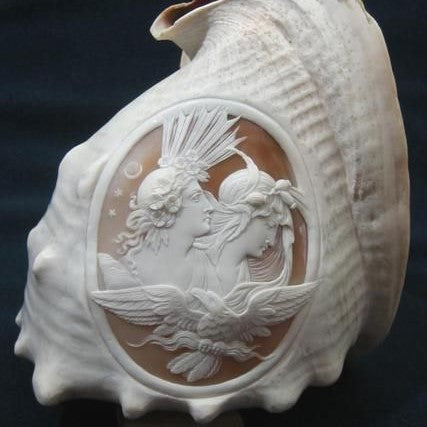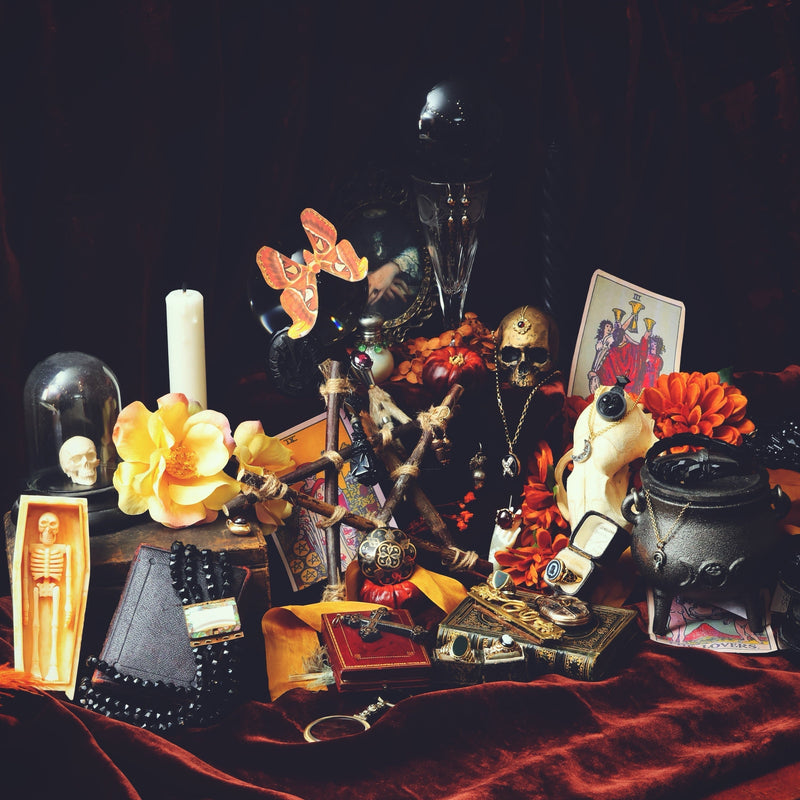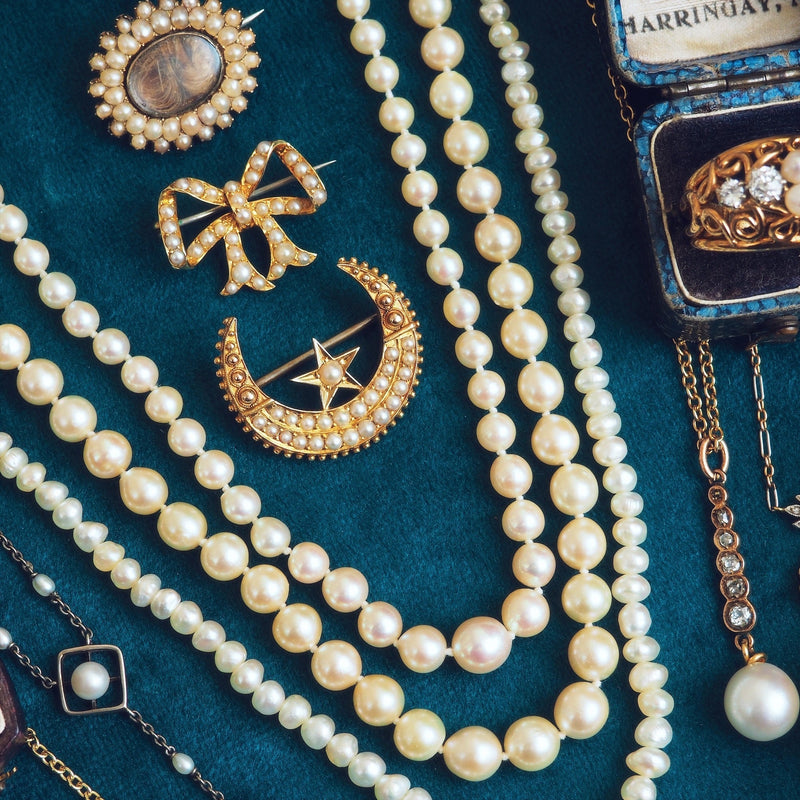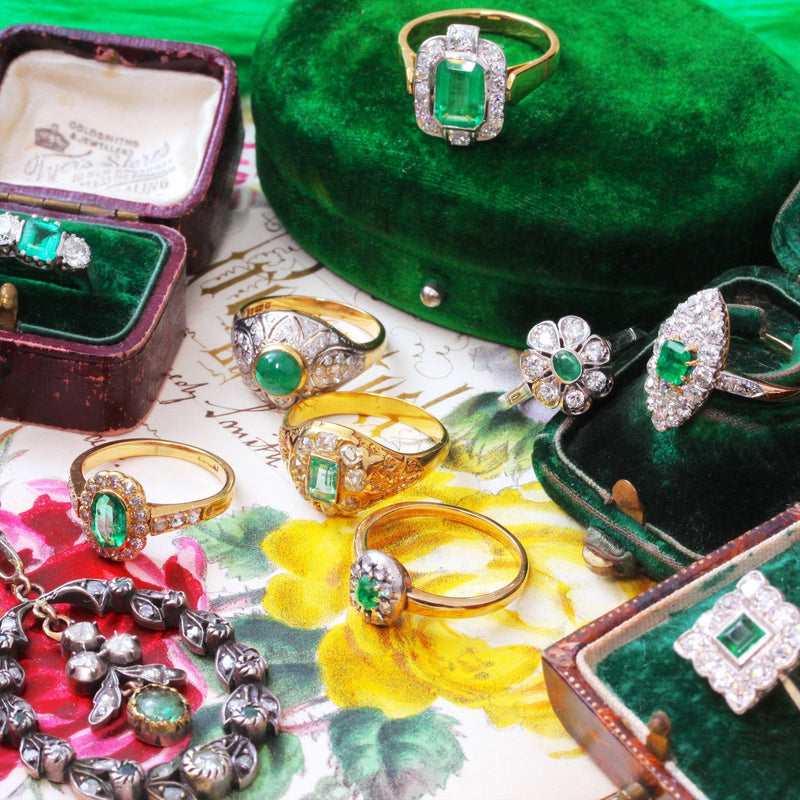

Normally accompanied by a chaperone, guide, or older family member, the adventurers would develop their language skills, study art and the Classics, visit museums and important historic and cultural sites, all considered essential to the aristocratic education. Visiting Paris, Geneva, Vienna, Turin, Venice, Rome and Naples, where one might see the ancient sites of Vesuvius, Pompeii (excavated from 1738) and Herculaneum (1748), Italy was by far the most important destination on the Tour, but Greece and Egypt were also recommended for the intrepid traveller. Carrying references and letters of introduction they would visit the nobility on the Continent and generally partake of all that these contacts and experiences could offer.

The Grand Tour was influential in forming Neoclassical taste and hence architecture and decorative ideals at home, and Grand Tourists would return with crates full of cultural artefacts; books, works of art and sculpture for display in their stately homes to impress their friends and as gifts for their loved ones. A portrait of the traveller painted in local Continental settings became the de rigeur 'selfie' of their era, and bestowed on the traveller a sense of worldliness and influence. Artists who took advantage of this glut of rich noblemen seeking a tangible record of their travels, included Canaletto, Panini and Guardi.
The less well off Grand Tourist might return with only a few etchings or more portable items such as jewellery, and by the 18th century canny craftspeople, artists and jewellers, began to cater to the trade. Historically inspired jewellery was very fashionable back home and so there was a ready market of buyers eager for their wares.

If wishing to collect a 'Souvenir' or memento from each place visited one might choose to look to Rome which was known for the production of cameos and Micromosaics, and Florence for its Pietra Dura (hardstone mosaics). Naples produced Coral jewellery, Tortoiseshell and so-called Lava, and Venice was known for it's fine gold chains. In Switzerland the traveller could find souvenirs of detailed enamel work.
Rome had long been famed for the carving of both hardstone Carnelian, Agate and Onyx and shell cameos (as our Cameo below) and intaglios, and these were much sought after by the tourists, antiquities being particularly prized. Such was the demand that workshops here began to cater to those hungry for souvenirs of their adventure, creating jewels for both men and women, the subjects inspired by Roman and Greek mythology, ancient gems and classical sculptures, such as those illustrated in the print available in our Grand Tour Cameo.


Micromosaics such as our exquisite pendant were the preserve of a skilled and very precise artisan who created these minute mosaics from tiny pieces of thin glass rod arranged to show scenes of ancient Rome and romantic motifs such as birds or flowers. A Roman speciality, these small panels were often brought home and later mounted in jewellery.
When visiting Naples a tourist might purchase trinkets carved from Coral or the 'Lava' from Mount Vesuvius which covered Pompeii, in fact these so-called 'lava cameos' of classical and mythical figures and profiles were made of coloured local limestone, but many are quite captivating and skilfully carved.antique-georgian-coral-cameo
By the 19th century, with the advent of rail travel and the explosion of pan European rail transport, the Grand Tour became available to the less well off and also more young women started to make the tour, accompanied by a strict chaperone, of course! It became part of a wealthy young lady's further education and craftspeople in Italy and on the trail catered to their desire for classical jewels creating a wealth of pieces to catch the eye of these visitors.

The appreciation of antiquities grew and this interest fuelled revivals of various different styles in architecture and fashion, and by the 1860's, inspired by the archaeological discoveries in tombs Vulci in 1832 which had been displayed at museums over the Continent, the Etruscan Revival style became the height of fashion all over Europe. Famously rediscovering the secret to the fine granulation on these ancient jewels, Castellani in Italy made very fine replicas of and inspired by these historical treasures leading to a craze for these archaeological style 'Etruscan' jewels.

The Grand Tour declined in popularity as the general enthusiasm for the Neo Classical decreased, and with the coming of the railways and cheap steamship travel, aided considerably by the advent of Thomas Cook's 'Cook's Tour', a Grand Tour 'lite' became available to the upper middle classes, and lost some of its cachet. However, the legacy of the original Grand Tour still influences travel and culture in the present day, and the destinations we choose when we travel, and the concept of 'Gap Year' travel is still very much a 'thing'.
See our collection of Jewels of The Grand Tour
The Vulci jewels are on display at the Metropolitan Museum in New York.
Further reading can be found at Souvenir Jewelry of the Grand Tour
Lang Antiques also have a very good 'Jewellery University'
Portrait of Francis Basset, 1st Baron de Dunstanville and Basset painted by Batoni 1778.








